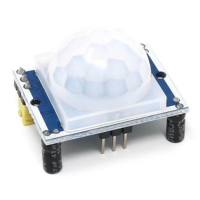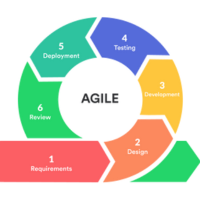Clean query building using Criteria

Criteria is a framework-agnostic PHP package that simplifies the use of the criteria pattern for filtering, sorting, and paginating data. It helps separate query logic from repositories, making the codebase easier to maintain and extend over time. By using Criteria, developers can handle complex querying needs without spreading filter logic across different parts of the application.








